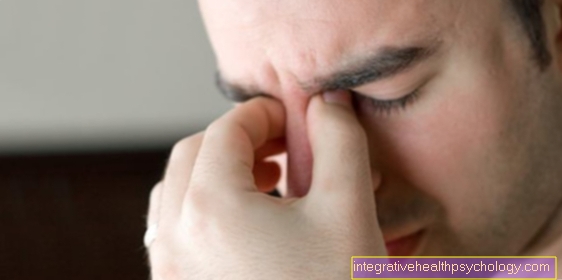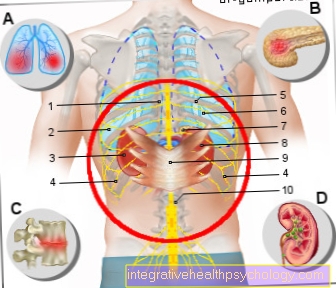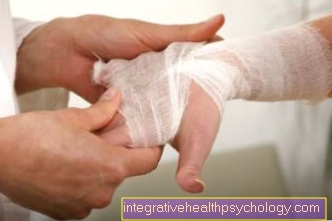malaria
introduction
malaria is an infectious disease caused by the parasites:
- Plasmodium vivax
- Plasmodium oval
- Plasmodium malariae
and - Plasmodium falciparum.
The different pathogens lead to different forms of malaria, which can be distinguished from one another by their symptoms, among other things. You can get there almost exclusively through a stitch Anopheles mosquito in people.
It comes from one malaria to flu-like symptoms with mostly high fever. As a result of complications, such as acute kidney failure and Lung failure, the disease can lead to death. Malaria is one of the most common causes of death, especially in tropical areas.
Malaria is one of the Tropical diseases. This group also includes many other diseases, such as dengue fever or Ebola, which only led to a serious epidemic in 2015. Read more on this topic at: Ebola.
Synonyms
Intermittent fever, common fever, marsh fever, three-day fever
Epidemiology / Frequency / Occurrence
There are around 250 million malaria cases every year. About 90% of them come from Africa. So that's it tuberculosis the second most common infectious disease in the world. Over 2 million people die of malaria each year. Every fifth child death in Africa is caused by malaria. The population of tropical and subtropical areas in particular is at risk of infection, which means that around 40-50% of the world's population is at constant risk. In Germany, on the other hand, there are around 500-1000 malaria cases per year.
history
Malaria epidemics have been documented over the millennia. We know of cases with the ancient Egyptians around 3500 years ago, who saw the curse of the gods coming upon them. Epidemics are even said to have played a decisive factor in the fall of the Roman Empire.
British conquerors are said to have regularly drunk tonic water, which is the effective antidote quinine contains to protect against malaria. In order to endure the bitter taste, gin was often added. In 1907 the French received it Alphonse Laveran the Nobel Prize for his discovery of the malaria pathogen.
causes

The causative agents of malaria are the protozoa (single-celled endoparasites) Plasmodium ovale, Plasmodium vivax (lead to malaria tertiana), Plasmodium malariae (malaria quartana) and Plasmodium falciparum (malaria tropica).
The carrier of malaria is the female anopheles mosquito. Cases of malaria can also occur very rarely during childbirth by the sick mother or during blood transmission. The so-called sporozoites (infectious form of the parasite) enter the human bloodstream via the mosquito bite. In this way, they pass through the liver within a few minutes and there are lodged in the liver cells. Through asexual reproduction, a so-called schizont is created, which in turn contains thousands of merozoites (exoerythrocytic phase).
Within a week, the schizont ruptures along with the liver cells and the merozoites enter the blood.
They nest in the red blood cells (erythrocytes), whereupon they reproduce and develop into schizonts. These contain on average about 12 merozoites (erythrocytic phase).
When the infected red blood cells burst, the body reacts with a fever to the released merozoites and their toxins. The merozoites swimming in the blood then attack other red blood cells again. This cycle of bursting, attacking, multiplying and bursting again lasts 48 hours for P. vivax and oval and 72 hours for P. malariae. This explains why the fever attacks occur cyclically every 3 (P. vivax and ovale) and 4 days (P. malariae). The P. falciparum is not subject to such a rhythm, so it comes here to irregular fever attacks.
You can find a detailed overview of all tropical diseases under the article: Overview page on tropical diseases
Symptoms
With the two "benign" forms of malaria, the M. tertiana and quartana the disease runs rather easily. This leads to the fever rhythm described above. A lack of rhythm does not rule out malaria.
A fever attack often has the following course: In the so-called cold phase, the fever rises to approx. 41 ° degrees within 30-60 minutes. It comes to strong chills. In the hot phase, the fever persists for 2-6 hours. Until, within 3-4 hours afterwards, with profuse sweating, there is a defever. In addition to the fever attacks, the sick person may experience a general malaise, headache and body aches enlarged liver and spleen and experience gastrointestinal problems.
In some cases, malaria is associated with haemolytic anemia (anemia) due to the destroyed blood cells.
In the case of two-thirds of the occurrence of tropical malaria, in addition to the symptoms described above, some complications can occur. Neurological failures in particular can occur. But also circulatory shock, pulmonary edema and acute ones Kidney failure are serious consequences of malaria tropica.
diagnosis
A blood smear is taken to diagnose malaria. The types of plasmodia can also be distinguished under the microscope.
The so-called "thick drop" is used to enrich the pathogens in the blood. A drop of blood is spread over a diameter of 1 cm and, after 30 minutes, air-dried, stained using the Giemsa method. The specimen is then examined under the microscope.
A rapid malaria test can also be performed for faster diagnosis.
Read more on the subject at: Malaria rapid test
therapy
The remedy of choice is the more harmless forms of malaria, M. tertiana and quartana Chloroquine. In the case of the plasmodia vivax and ovale, some of the pathogens found in the blood remain in the liver. For these schizonts must Chloroquine With Primaquine be combined.
The therapy of the usually more complicated tropical malaria has to contend with major resistance problems. Therefore, the means of choice are different and mostly with one Institute for Tropical Medicine to discuss.
prophylaxis
Before you travel to an area threatened by malaria, you should find out about the latest recommendations for the area in question. So-called stab protection is provided by mosquito nets for sleeping over the night and bars on windows and doors. Such measures are considered mandatory. It is also recommended to wear long, light-colored clothing. Every free part of the body should also be rubbed with insect repellent.
If one Chemoprophylaxis is necessary depends on the different areas.
Common drugs are:
- Mefloquine
- Atovaquone
or - Proguanil.
If the risk of malaria is low, only emergency medication is to be used, which should only be available as a stand-by agent until the next doctor!
forecast
If adequate therapy is started early, the mortality rate from tropical malaria is around 1%.
Untreated, however, it is over 20%

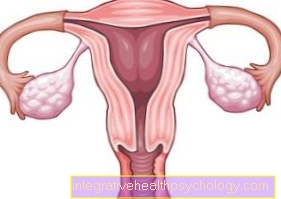
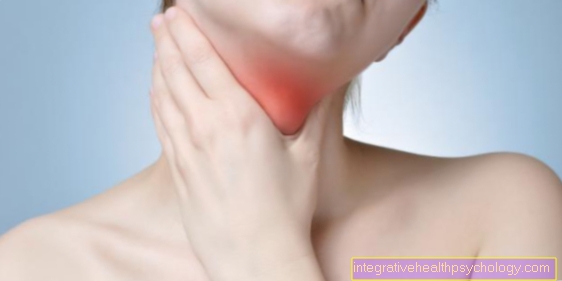


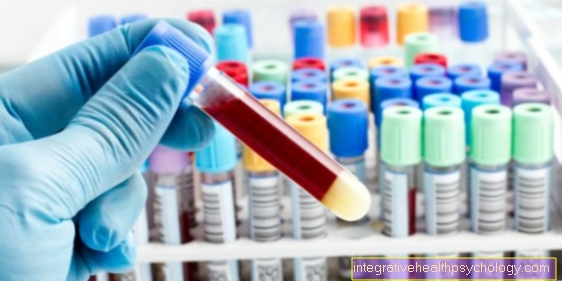
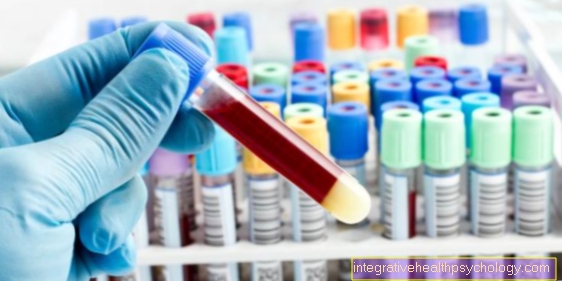





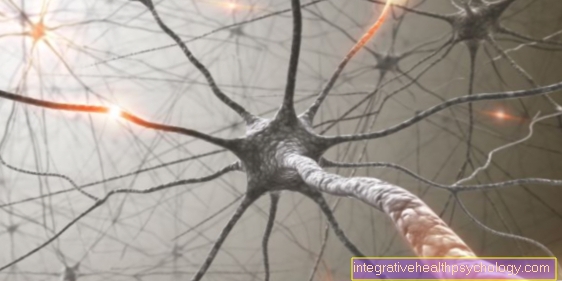





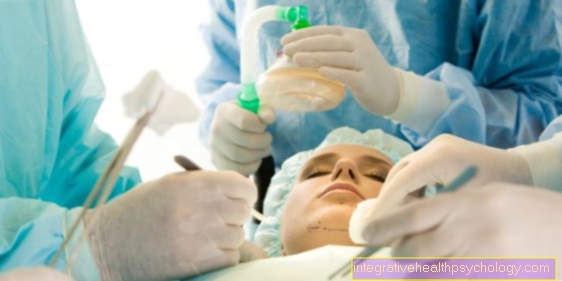
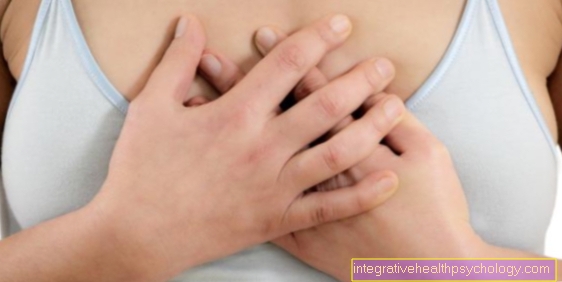

.jpg)
